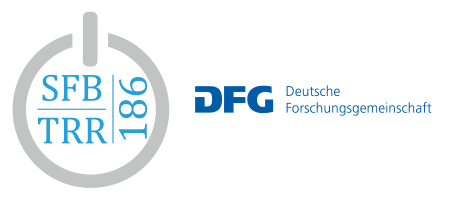Molecular switches in the synchronization of the circadian oscillator.
Circadian clocks are endogenous oscillators that drive daily rhythms in physiology, metabolism and behavior. They are present in essentially every cell and are synchronized to the environmental light-dark cycle by multiple cues (zeitgebers) but are also coupled to each other to ensure coherent high-amplitude oscillations at the tissue level. Circadian oscillations are both self-sustained ("limit cycles") and entrainable by rhythmic zeitgebers implying that nonlinear kinetics are required such as switch-like behavior of e.g. transcriptional regulation. However, the importance and relative contribution of such nonlinear terms for circadian rhythm generation per se, for entrainment as well as for coupling is poorly understood, mainly because the kinetics of many key events are unknown. The fundamental mechanism of rhythm generation is cell-autonomous: transcriptional/translational/post-translational feedback loops (with CRY and PER proteins as core autoregulatory negative elements) generate circadian rhythms at the molecular level in each individual cell. Coupling mechanisms as well as zeitgeber cues induce switch-like events within the circadian feedback network, e.g., resulting from the induction of PER protein expression, likely leading to an increase in feedback repression. How such switches help to generate and synchronize coherent ~24 hour ensemble rhythms from intrinsically noisy single-cell oscillators is the key question of this proposal. The combination of our novel CRISPR-generated knock-in reporter cell lines with a variety of advanced single-cell fluorescence microscopy techniques will lead to a comprehensive cell biological understanding of the molecular circadian oscillator.
Prof. Dr. Achim Kramer (Charité Berlin)
Prof. Dr. Hans-Peter Herzel (Charité Berlin), until 06/2024
